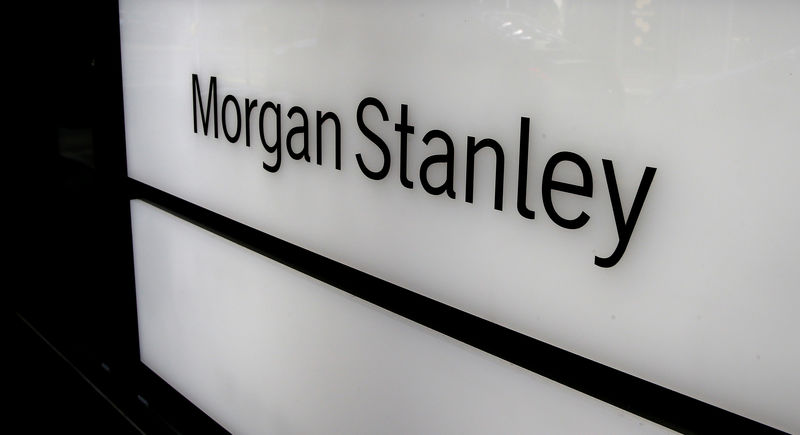(Bloomberg) -- Make no mistake, the Treasury yield curve really is flashing recession angst -- and the trade war is merely a sideshow.
While a key slice of the curve has inverted this month for the first time since March, an “adjusted” curve that accounts for quantitative easing and tightening has been persistently inverted for the past six months, according to Morgan Stanley (NYSE:MS).
In fact, the bank’s metric inverted back in December, well before the most recent escalation of U.S.-China trade tensions, and has maintained its shape ever since, strategists led by Mike Wilson point out.
That suggests investors who are looking to a trade resolution as a salve for the world’s economic woes may be pinning their hopes in the wrong place.
“Get ready for more potential growth disappointments even with a trade deal,” the strategists wrote in a May 28 report. They see a risk of the S&P 500 Index falling to 2,400 from around 2,800 thanks to the softening data.
Cited culprits for falling bond yields range from tensions in global commerce, relentless hedging demand to growth angst. Nearly $11 trillion worth of fixed income securities are now yielding below zero, the most since 2016, Bloomberg data show.
There’s no shortage of evidence pointing to economic woes, Morgan Stanley points out. U.S. data from durable goods to capital spending and PMIs lagged market consensus last week -- all of them reflecting activity in April, before the latest round of trade escalations.
In China, the economic outlook deteriorated this month after April’s weaker-than-expected performance. Expectations for price growth, as proxied by five-year, five-year forward inflation swaps, are falling in the U.S. and the euro area.
“We think this means the U.S. economic slowdown and rising recession risk is happening regardless of the trade outcome,” the strategists write.
The gap between 3-month and 10-year rates dipped to minus 12 basis points on Wednesday, the most negative since March, when this closely watched segment of the curve inverted for the first time since 2007.
Morgan Stanley warns its adjusted yield curve also suggests stock volatility is set to rise. The Cboe Volatility Index, or VIX, is sitting at around 18, above its one-year average of 16.
The curve “generally does a good job of telling us what to expect for the VIX,” according to the report. “Recession or not, we believe U.S. equity market volatility is likely to pick up significantly over the next 6 months.”
